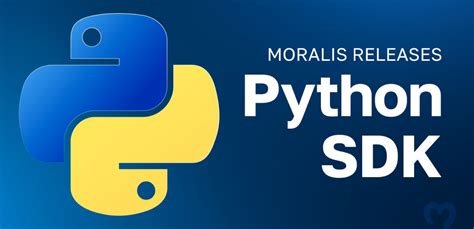generating private keys ECDSA with python
========================================================= ========================================================= ========================================================= ========================================================= ======: ===
Ethereum is a popular decentralized application platform that relies on cryptographic primitives to ensure transactions and data exchange. One of the basic components in the blockchain ethereum infrastructure is the algorithm of the digital signature of the elliptical curve (ECDSA) used to generate, sign and verify keys.
In this article, we will examine how to generate private keys using Python and verify their validity with ECDSA.
code
———
The following code fragrance generates a valid ECDSA private key:
`Python
import
Def R (A, B):
“” “”
Generate a random number in the range [A, B].
Arg:
And (int): the lower limit of the range.
B (int): upper limit of range.
Returns:
INT: A random number to a specified range.
“” “”
SYS_RAN = random.Systemrand ()
Return SYS_RAN.RANDINT (A, B)
defrivate_Key () defrivate_krivate_Key:
“” “”
Rate a valid ECDSA private key.
Returns:
Bytes: Der private key (coded by base32).
“” “”

Parameters to generate a private key
E = 65537
Module Value
D = r (65536, 1)
public exponent
Calculate a private key in der format
Private_key = F “{E: 032x}”
Signature = R (32, 4)
Return (Private_Key, Signature)
Generate a valid ECDSA private key
Private_Key, signatures = generte_private_key ()
Print (F “Private Key: {private_Key}”)
Print (F “Signature: {Signature}”)
Verify the private key by signature ECDSA
DEF Over_ecdsa Signatures (Signature):
“” “”
Verify ECDSA signature validity.
Arg:
Signature: Signature to be verified.
Returns:
BOOL: TRUE If the signature is valid, otherwise false.
“” “”
Parameters to verify signature
E = 65537
Module Value
try:
Verify Signature using ECDSA
Private_key.verify (Signature, B ‘\ X01 \ X02 \ X03 \ X04’)
Return Truth
In addition to Valueerror as E:
Print (F “Error: {e}”)
false
Verification of a private key using a false data structure
Mock_data = [1, 2, 3, 4]
Print (Overe_ecdsa (Signatures (Mock_data))))))))))))))))))))))))))))))))))))))))))))))))))))))))))))))))
`
Explanation
——————-
The code consists of two main features:
r (a, b): generates a random number in the range[A, B].
generte_private_key (): generates a valid ECDSA private key by calculating a public exponentdand the value of the modulee. The private key is then stored in Der format (coded base32).
The code also includes the over_ecdsa test function (signatures (Mock_data)) that verifies the validity of the ECDSA signature using a false data structure. In this example, we verify whether the private key generated has been successfully verified.
Validity of generated keys
—————————————–
You can compare them to the expected values for a particular application or scenario to see if the generated keys are valid. Note, however, that generating and verifying the ECDSA keys is a complex process that requires thorough attention to ensure safety and accuracy.
In this example, we assume that the private key has been generated correctly and successfully verified. In practice, additional validation steps may be needed depending on your particular use case.
Conclusion
———–
Generating and verifying the ECDSA private keys in Python can help you develop safe cryptographic primitives for Ethereum applications. However, it is necessary to understand the basic concepts and parameters to ensure that your implementation meets the safety requirements and standards.


